Ever wondered why some lights make your room feel like a cozy cabin, while others remind you of a doctor’s office? That’s where CCT comes into play. It stands for Correlated Color Temperature, and it’s the secret sauce to getting that just-right light from your LED bulbs. In this article, we’ll make sense of those numbers and letters on the packaging, so you can choose the best lighting for your home, office, or any space that needs a little brightness.
What’s the Difference Between CCT and CRI in Lighting?
When fine-tuning the lighting for any space, understanding the difference between CCT (Correlated Color Temperature) and CRI (Color Rendering Index) is vital.

Correlated Color Temperature (CCT):
CCT refers to the shade of white light that a light source emits, measured in Kelvins (K). The scale typically ranges from warm (lower Kelvin numbers like 2700K, which emit a yellowish-white light) to cool (higher Kelvin numbers like 6500K, which produce a bluish-white light). CCT impacts the ambiance and mood of a space. Warm lights are relaxing and inviting, making them great for living areas and bedrooms, while cooler lights encourage concentration and alertness, suitable for offices and task-oriented spaces.
Color Rendering Index (CRI):
On the other hand, CRI measures a light source’s ability to reveal the colors of various objects faithfully in comparison with an ideal or natural light source, such as sunlight. Rated on a scale from 0 to 100, a higher CRI means the lighting will display colors more accurately and vividly. This doesn’t change the color of the light itself but affects how we perceive other colors under it. A high CRI is especially important in settings where precise color differentiation is crucial — like graphic design studios, retail stores, or art galleries.
While CCT affects the color tone of the light itself and sets the atmosphere of your room, CRI determines how well the light will represent the true colors of everything it illuminates. Both are independent characteristics; a lamp can have a warm CCT (a “cozy” light) and a high CRI (colorful and vibrant visibility), or it could be cool and not render colors as well.
What Does CCT Mean for Your LED Lighting Choices?
Every choice of CCT carries with it an implication for the ambiance and functionality of a space. From creating a soothing atmosphere with warm, soft lighting to promoting alertness and productivity with cool, bright lighting, the selection of CCT directly tailors the emotional and visual impact of a room.
1. Ambiance and Mood
The right CCT can transform a space from vibrant and lively to calm and cozy. For example, a lower CCT around 2700K emits a warm glow similar to candlelight, making it perfect for a romantic restaurant setting or a living room where you want to unwind. Contrarily, a higher CCT of around 5000K produces light akin to midday sunlight, ideal for high-energy environments like a gym or an office where tasks require sharp focus.
2. Consistency Across Spaces
Maintaining uniformity in lighting is crucial in certain spaces. For instance, art galleries rely on a consistent CCT to ensure that artwork is viewed under the same light conditions, allowing for true color representation. Retail stores also benefit from consistent CCT as it provides a uniform look that’s welcoming to customers and highlights merchandise effectively.
3. Influencing Perceptions
Lighting can play tricks on our perception. A boutique hotel might use LEDs with a warmer CCT in rooms to create a snug, luxurious atmosphere whereas a dental clinic would opt for a cooler CCT to promote a sterile, professional environment. Small spaces can feel more expansive with cooler lighting, while large, impersonal spaces can be made to feel more inviting with warmer lights.
4. Compatibility With Decor
The color temperature should harmonize with your space’s decor. Warm CCTs can accentuate earth tones and wooden furniture, offering a classic feel — it’s like having the golden hour all day long. In contrast, cooler CCTs enhance modern designs; they work well against metallic finishes and cooler color palettes, providing a sleek, contemporary vibe.
Shop Our Premium Lighting Collection
Explore our hand-selected bestsellers featuring crystal chandliers, pendant lights, wall scones and authentic alabaster stone:
Which Is Better for Your Space: Warm Light or Cool Light?
The choice between warm light and cool light plays a significant role in setting the atmosphere and functionality of your environment. Here’s what you need to know about each to make the best decision for your space.
Warm Light:
Warm light typically falls below 3000K on the CCT scale, casting a yellowish hue reminiscent of the early morning or late evening sun. It’s known for creating a cozy, welcoming ambiance that’s perfect for relaxing. This makes warm light a popular choice for residential settings like living rooms and bedrooms, where comfort is a priority.
Advantages of Warm Light:
- Encourages relaxation and can help wind down before sleep.
- Adds a feeling of warmth and intimacy to spaces.
- Reduces the contrast between light and dark areas, easing eye strain.
Cool Light:
Cool light spans from about 3100K to 4500K (and above), delivering a more bluish-white light similar to noon daylight. This type of light is often associated with alertness and concentration, making it well-suited for task-heavy environments such as offices, kitchens, and garages.
Advantages of Cool Light:
- Improves mood and cognitive performance by mimicking natural daylight.
- Enhances visibility and contrast, which is helpful for detailed tasks and reading.
- Often preferred in professional or commercial spaces for its clean, invigorating effect.
When choosing between warm and cool light, consider both the purpose of the space and the desired mood. For instance, warm light may be excellent for a dining area where you want guests to feel relaxed and at ease, while cool light could be more appropriate for a home office where focus and alertness are needed. Remember, what works for one space may not suit another; personal preference and specific room function should guide your selection.
What Should You Do When CCT Doesn’t Seem Right?
1. Check Color Consistency
A common issue is when different LED bulbs in the same area have mismatched CCTs, which can create an inconsistent or jarring lighting effect. To solve this, first ensure all your bulbs are labeled with the same CCT value. If you’re adding new bulbs to older ones, even if they’re marked with the same CCT, there may be a slight variation due to wear or brand differences. The best solution is to replace all bulbs in a fixture or area at the same time for uniformity.
2. Consider Fixture Compatibility
Sometimes, the fixtures we already have don’t match the CCT of new bulbs, making the light appear off. This is often the case with shades or covers that were designed for the warm glow of incandescent bulbs. If you’ve switched to cooler LED temperatures and things look amiss, consider replacing or removing the lampshade to better showcase the LED’s true color. Alternatively, opt for bulbs that can compensate for the shade’s color influence.
3. Retrofit with the Right LEDs
Retrofitting existing fixtures to accommodate modern CCT options doesn’t have to be difficult. Start by identifying the base type (e.g., E26, GU10) of your current bulb and look for LEDs with the same fitting. For downlights or recessed fixtures, you can find retrofit LED kits that simply screw in or clip into place. Ensure these kits are compatible with your chosen CCT and that they work with any dimmer switches you may have.
Light It Up Right: Make Your Space Shine with Perfect CCT Choices
Picking the right light color, or CCT, can really change the vibe of your place. Whether you’re chilling at home, grinding away at work, or setting up a special spot, there’s a color temp for that. Just peep the numbers on the box to get the mood you’re going for. And hey, if the lights look weird together or don’t fit your old lamp, no sweat—there’s usually an easy fix like getting matching bulbs or a new shade. Stick with these simple tricks, and you’ll have a space that looks good and feels just right. Keep it bright and tight, and you’ll be all set!

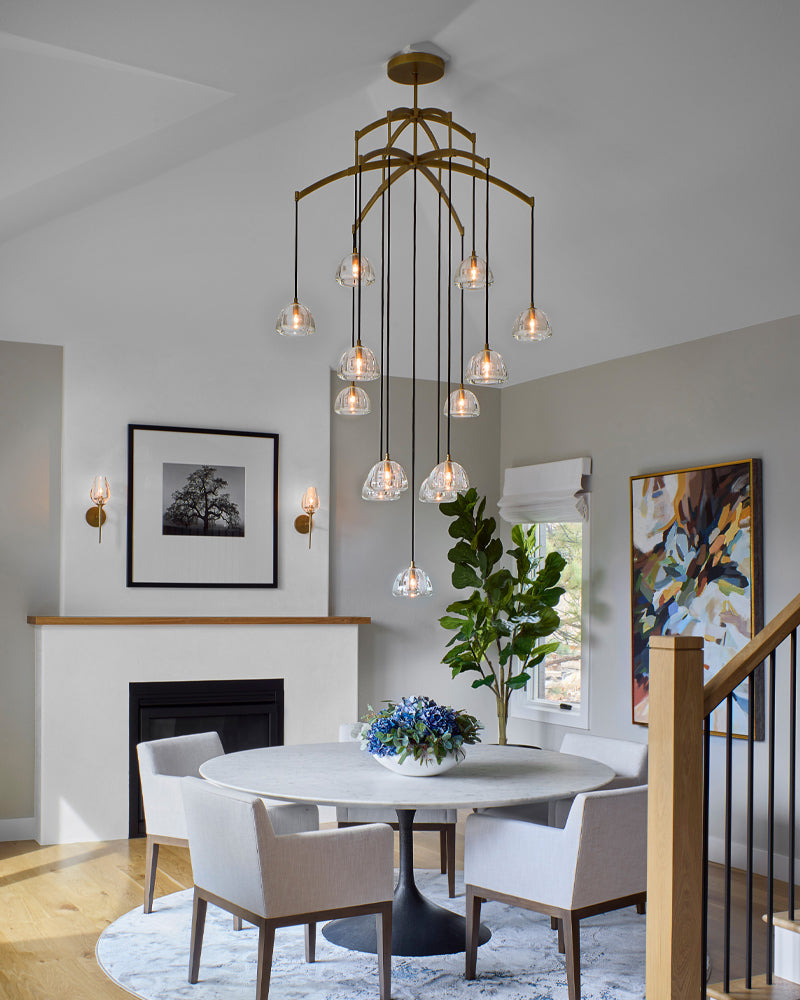
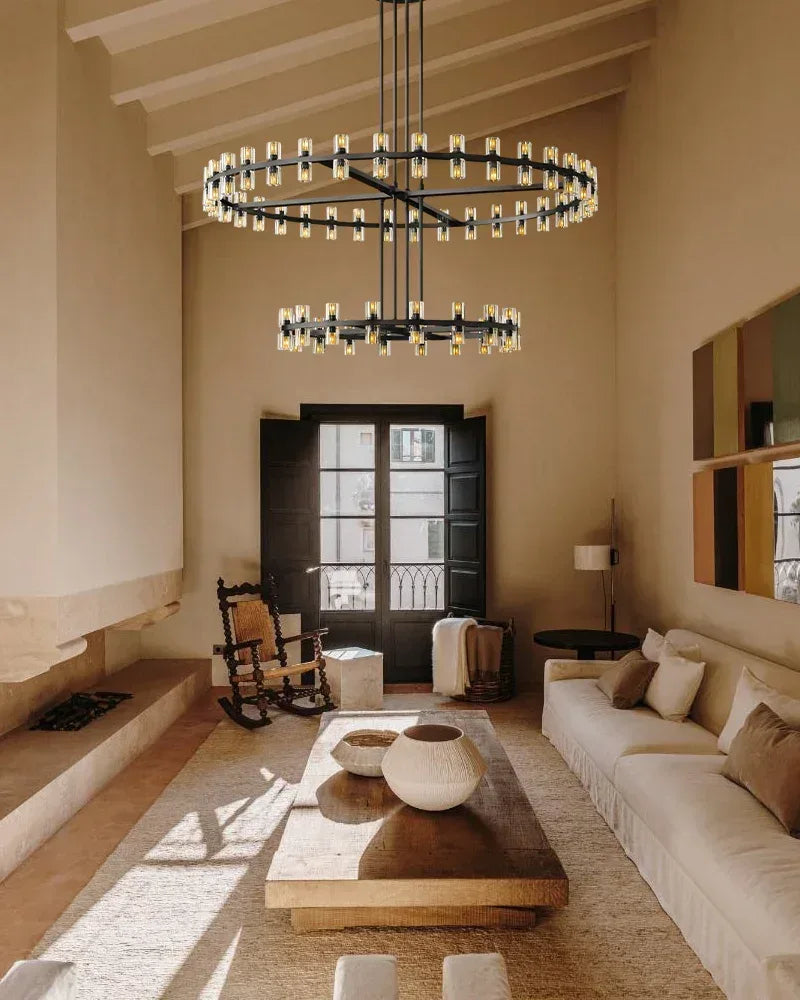
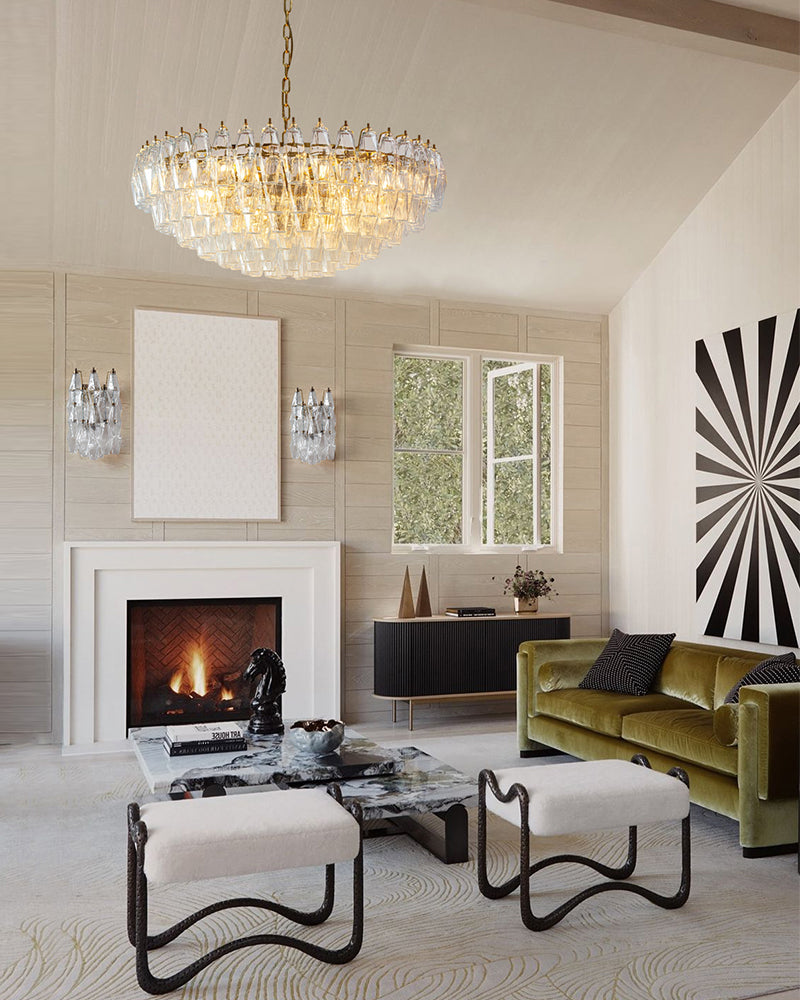
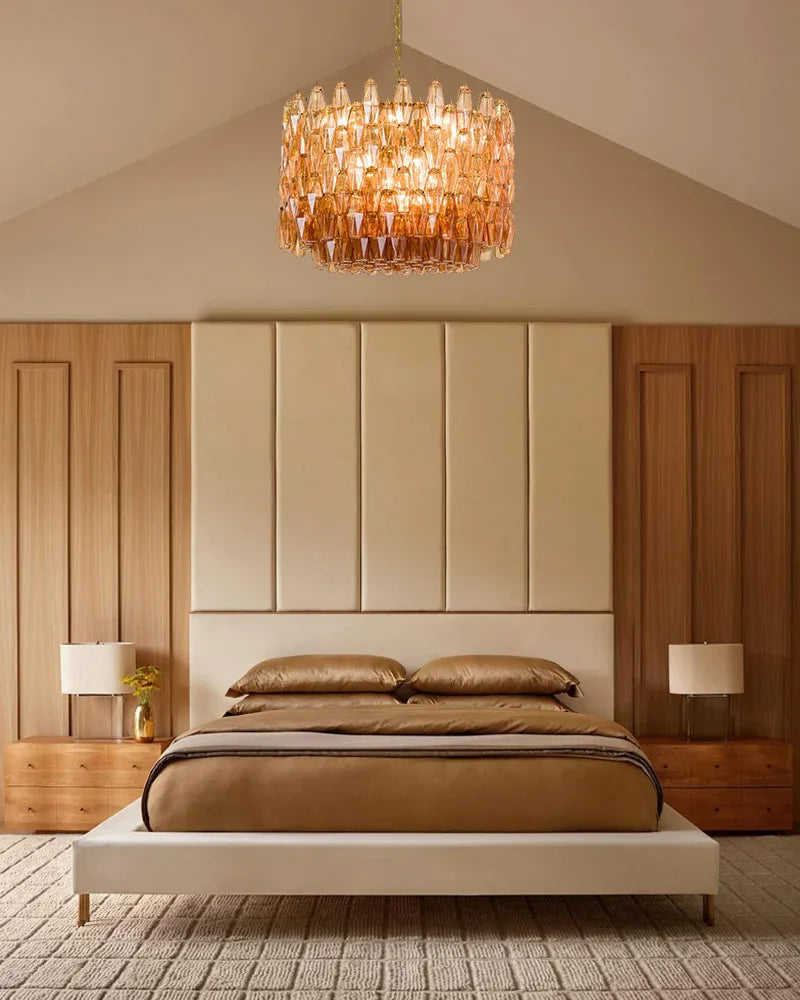
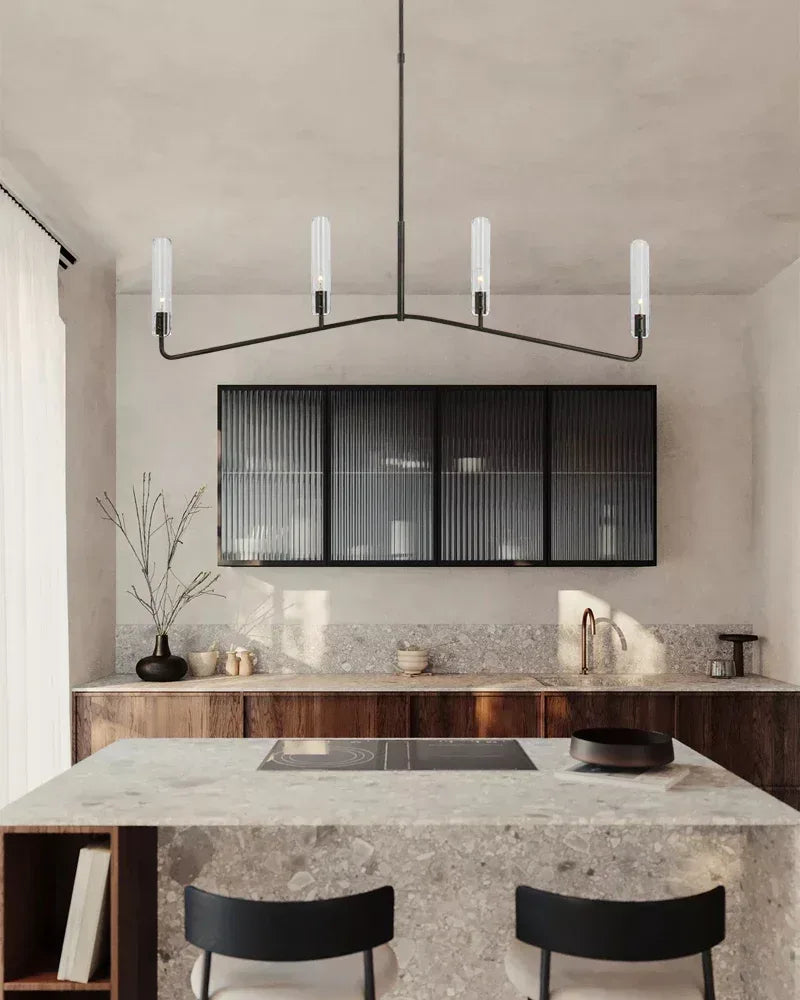
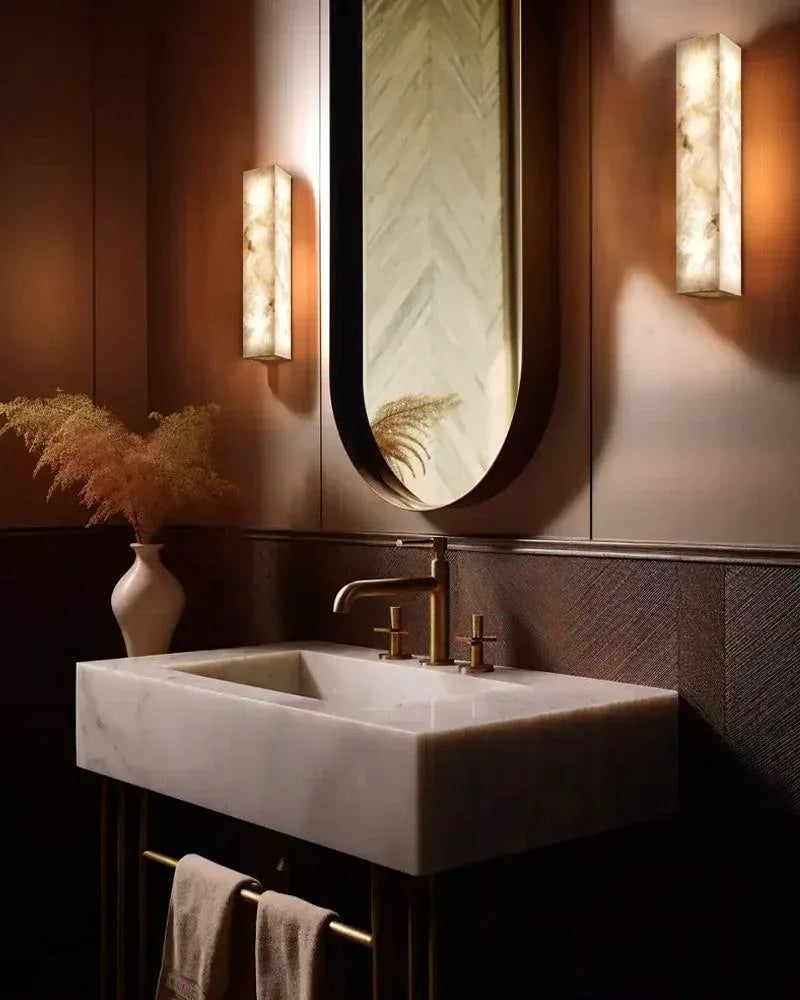
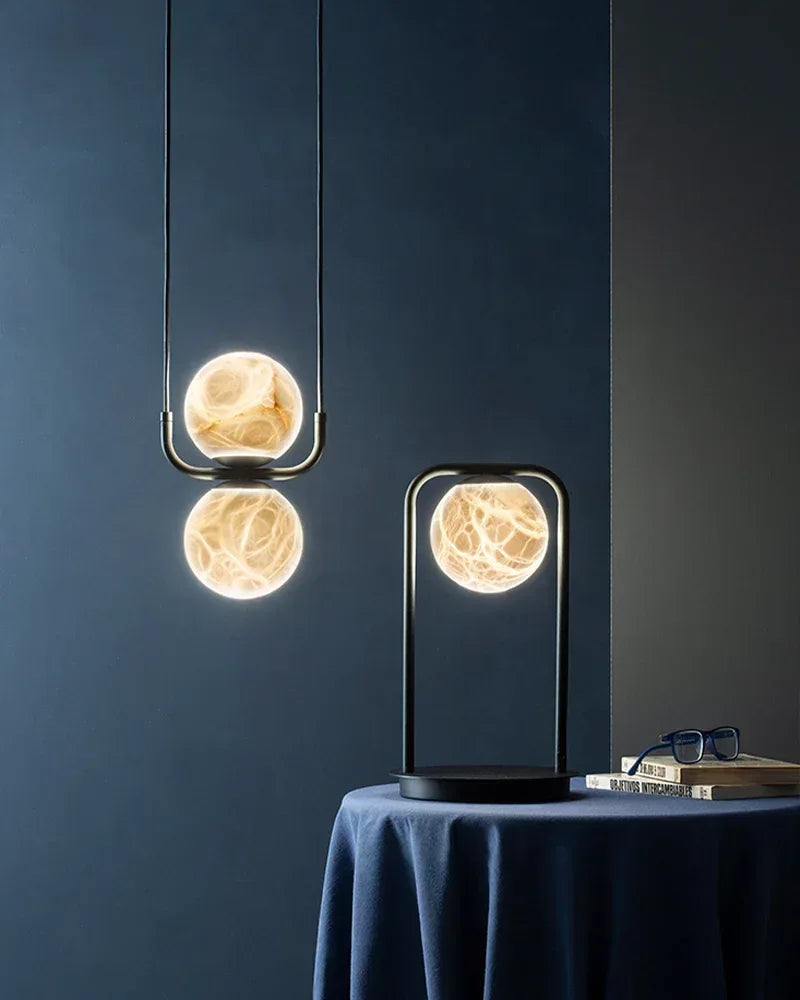
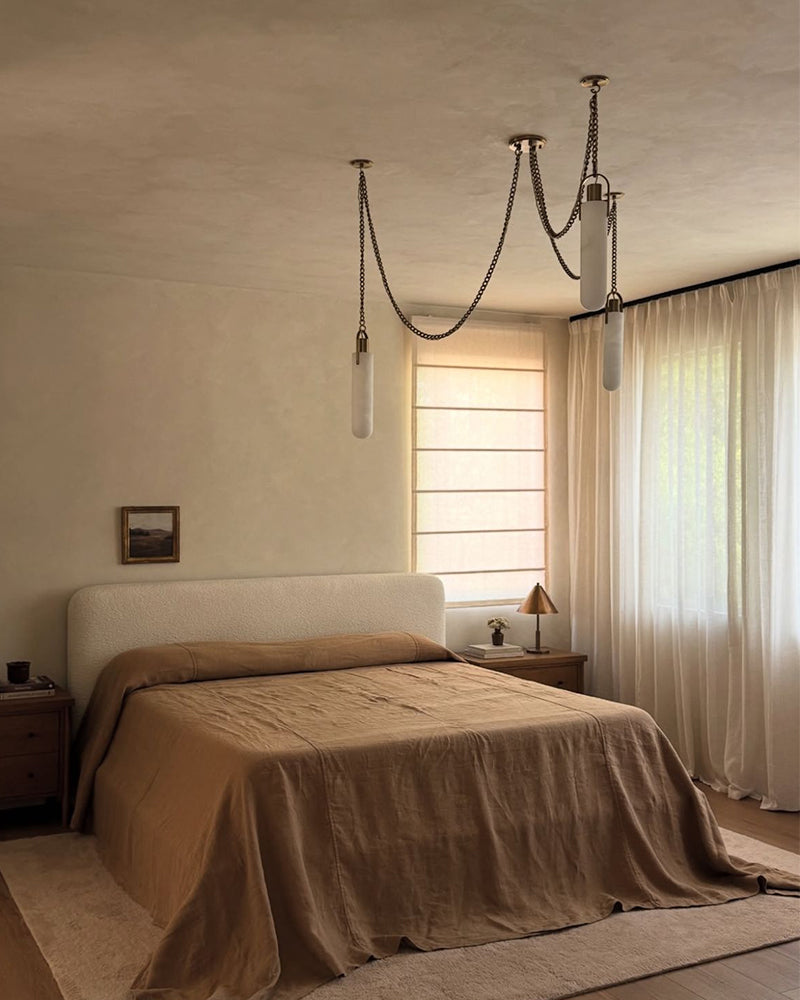
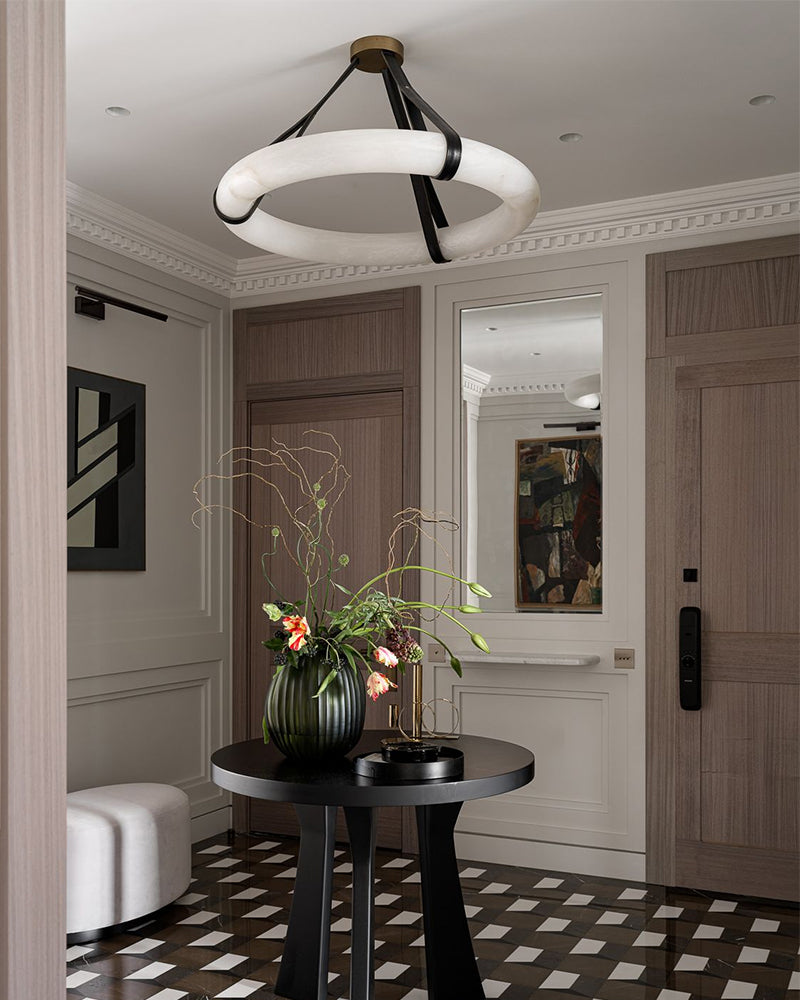

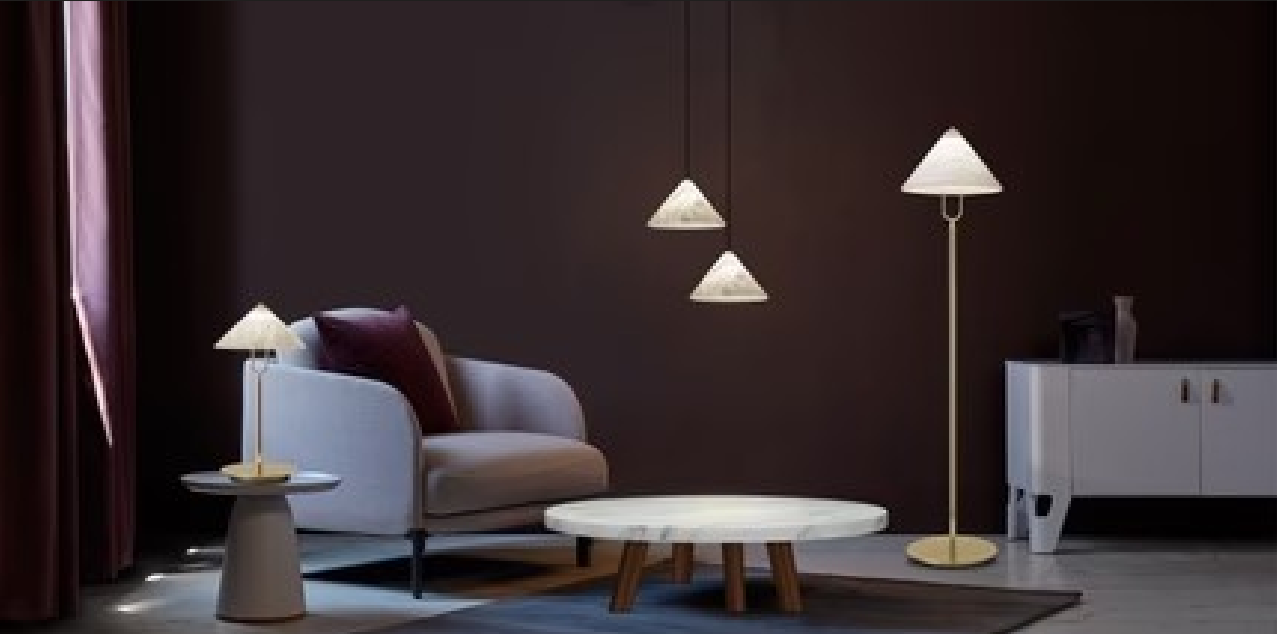
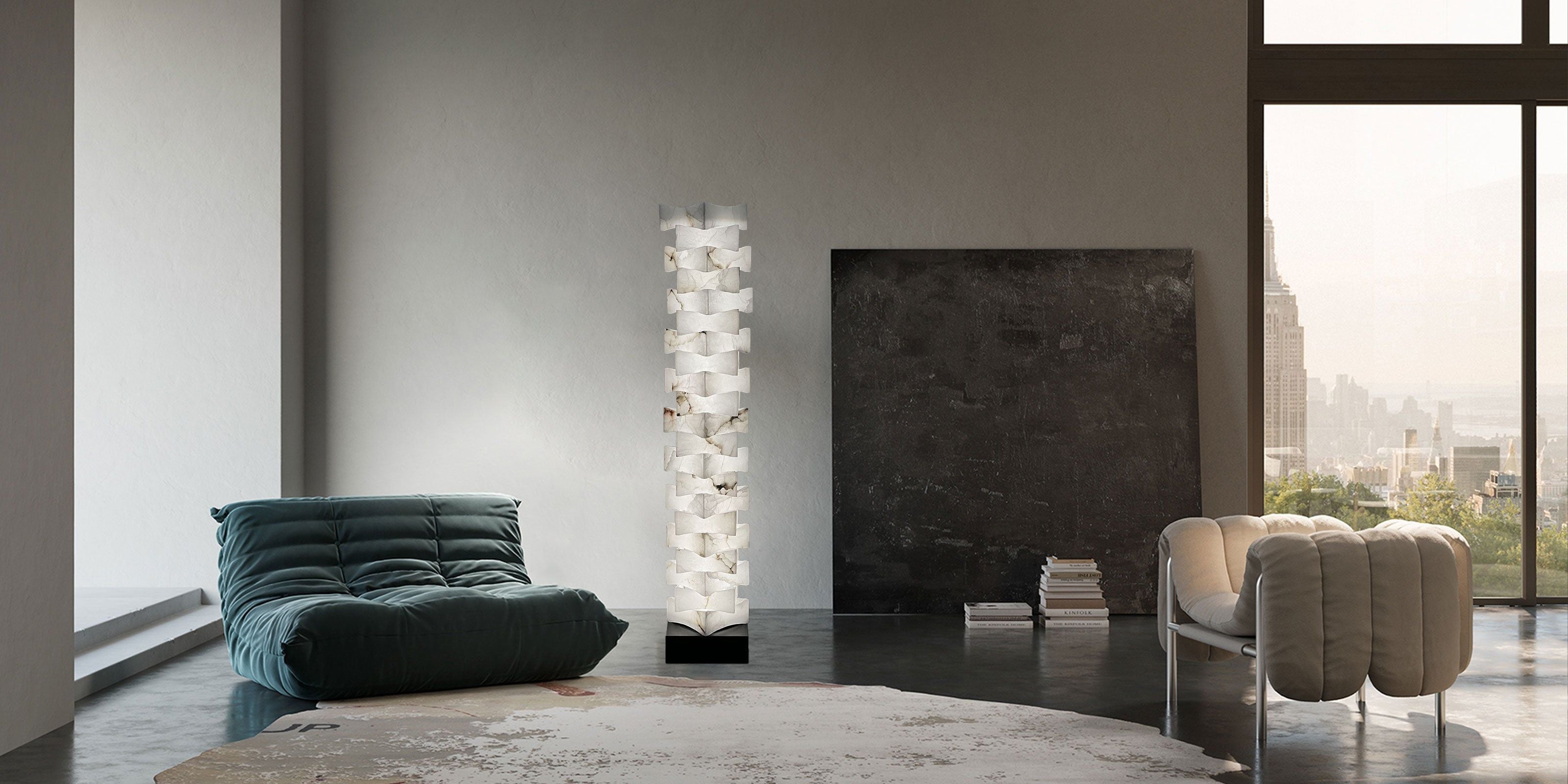
Leave a comment
This site is protected by hCaptcha and the hCaptcha Privacy Policy and Terms of Service apply.